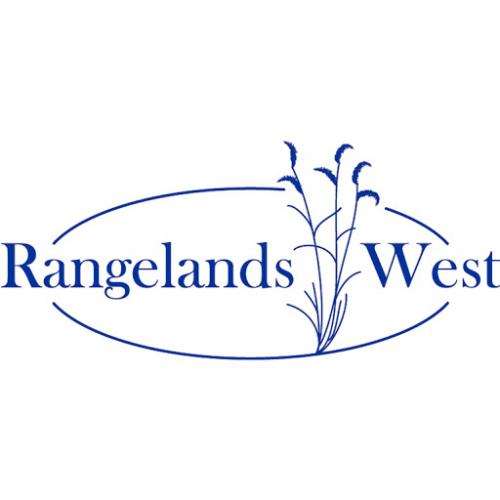The area surveyed covers about 8,664 km² of pastoral land in the Canning Basin
physiographic region. It lies adjacent to the west coast of Broome Shire which is in the
south-west of the Kimberley region of Western Australia. The area is described in terms of
climate, geomorphology, vegetation, land systems, soils and pasture types. A land system
map at a scale of 1:700,000 including Anna Plains station which was not part of the surveyed
area is presented. Mapping at the land unit level is available on request.
The area is dominated by extensive sandplains and dune fields which border on the northern
edge of the Great Sandy Desert. A smaller area of coastal plain occurs on the western edge
of the survey area. Soils on the sandplain and dune fields are predominantly deep red sands
and loamy sands. Coastal plain soils are light grey silty clays. Lateritic skeletal soils and
soils with a stony surface mantle occur over a relatively small proportion of the area.
Pastures are dominated by spinifex communities on the sandplain with halophytic species
dominating pastures on the coastal plain.
There are no permanent water courses in the area although there are several springs on the
inland margin of the coastal plain. Stock are almost entirely dependent upon man-made
watering points for water.
Condition statements are presented for the whole survey area and for each land system.
Assessments of pasture condition and soil condition were made for 1,128 points while
traversing throughout the survey area during 1989 and 1990. Sixty-three per cent of these
traverse records indicated good range condition, 21 per cent indicated fair range condition
and 16 per cent indicated poor range condition. Soil erosion was not a serious problem over
any part of the survey area with only 24 (2.2%) traverse observations recording minor or
moderate soil erosion.
Regeneration programs are required for areas in poor range condition. This will involve
measures such as reduced stocking, appropriate seasonal usage, deferment of grazing over
some growing seasons, control of grazing activity by stock with fencing and feral animal
control.
Estimations of carrying capacity for the pasture types of the area, at three condition levels,
are presented. They were used for calculating the recommended carrying capacity in
present condition and the potential carrying capacity in optimal range condition of each
station as presented in separate reports produced by the Department of Agriculture.
Four of the five pastoral leases within the mapped area (Anna Plains, Frazier Downs,
Shamrock and Thangoo) are currently (2005) used for grazing cattle. Each of these leases
has two established monitoring systems. A Pastoralist Monitoring System (PMS) enables
pastoralists to use objective assessments of indicators and trends in range condition when
planning grazing management practices. The Western Australian Range Monitoring System
(WARMS) enables government to be aware of changes in the condition of the land, at the
district or regional level, as a result of management practices and climate.
source: summary

Articles, citations, reports, websites, and multimedia resources focused on rangeland ecology, management, restoration, and other issues on American rangelands.